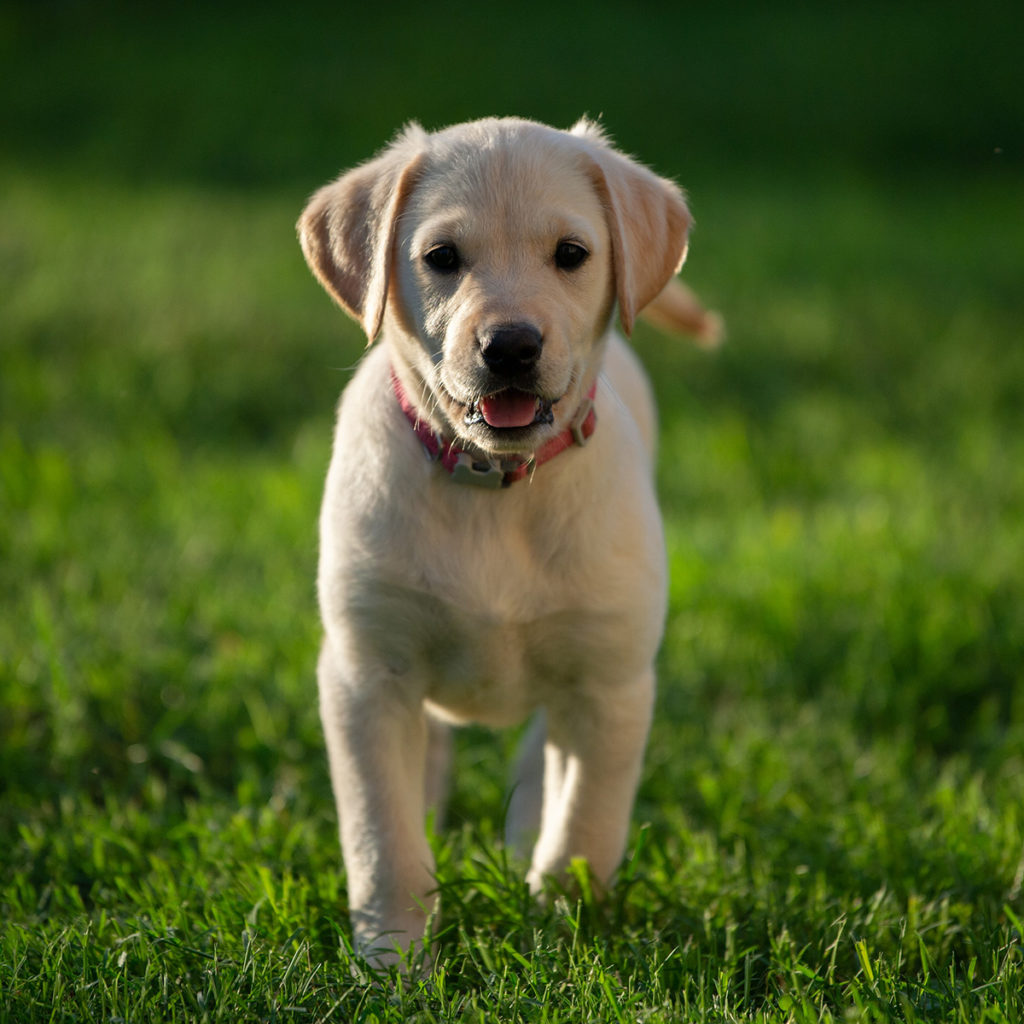Dogs are the most popular pets in the U.S., with 63.4 million or 53% of American households owning at least one.
With the right dog, you can get cuddles and loyal love, so it’s no surprise that a lot of us want a canine companion. But being a dog owner is not all rainbows and butterflies. It involves a lot of responsibility, including dog-proofing your home.
One of the things often looked over when it comes to adjusting your home for dogs, though, is your yard. Considering that dogs love the outdoors, though, it’s important to have a garden or a yard that’s safe for them to frolic around.
Fortunately, landscaping for man’s best friends isn’t too complicated nor would it interfere with your personal preferences. It’s only a matter of making adjustments and ensuring that your dog can play safely in your outdoor area.
We share dogscaping tips for your bark-yard below.
Incorporate hardscapes
Hardscapes refer to the elements of landscaping that aren’t soft. This includes pebbles, bricks, and stone paths. Hardscapes are essential garden features for dog owners since it provides three main functions: the creation of dog paths, establishing of borders, and preventing ticks.
Dog Paths
Dogs are territorial, so they naturally create and mark their “territory” in your yard. Without hardscape features, your canine companion is likely to trample on your greenery and ruin your plants.
With clear paths using tiles or stone pavers, your dog knows where to go. The paved pathways you create will also likely be the path they use to run around and get their exercise. With these, they can run freely without compromising the soft features of your landscape.
Borders
If there are areas in your yard that are off-limits to your dog, such as the path to your pool or outdoor kitchen, then you can use hardscapes to create boundaries.
From a wall of large rocks to brick garden walls, these hardscaping elements help you place borders and designate areas in your yard easily.
Tick Prevention
Your dog can get fleas and ticks from rolling around shrubs and grass where these pests usually gather and lay eggs. You can use hardscapes to pave large parts of your yard instead of letting grass run wild. With less grass, there’s also a smaller chance of your tick infestation.

Don’t let your grass and shrubs grow too tall
If your dog doesn’t encounter other dogs or cats with ticks or fleas, they may still get ticks from walking through high grass and shrubs in your yard. These ticks come from urban wildlife like possums and raccoons, and crawl their way into tall shrubs.
Once you have a tick infestation, it will take professional tick control to make sure they’re fully cleared off your greenery and that your yard is safe for your dog again. As such, it’s important to keep your shrubs and grasses well-maintained to prevent ticks.
Choose hardy but sensible plants
Your plants are the most vulnerable parts of your garden if you have a dog. This is why you have to think about how and what to plant. For your lawn cover, select a species of tough grass, such as Kentucky bluegrass, bermuda, and centipede.
For other plants, especially those that bloom, you may consider putting up a vertical garden. This way, you can still keep delicate flowering plants without the risk of your dog ruining them.
In addition to hardiness, you also have to think about whether your plants are safe for dogs to chew on. Unfortunately, lots of landscaping plants are toxic for pets. The American Society for the Prevention of Cruelty to Animals has a comprehensive list of plants that are toxic for dogs. This includes:
- Aloe
- Azalea
- Begonia
- Boxwood
- Carnations
- Chrysanthemums
- Daffodils
- Daisy
- Fig
- Hydrangea
- Mint
- Peonies
- Wisteria
As you can see, plenty of these are popular choices for gardens. And while you can plant some of them in hanging planters, it’s best to err on the side of caution and use non-toxic greenery instead.
Add a water feature
When your dog has a safe outdoor space, they will run and play around until they’re tired. Don’t let them get dehydrated. Add a water feature with safe drinking water that’s easy for them to get to. A small canine water fountain or raised drinking platform usually does the trick.
Provide shade and shelter
For the same reason your dogs need a water source, they also need somewhere to rest when they get tired of playing. You can give them this with a pergola or garden arbor that provides enough shade coverage.
It’s easy to create a pet-friendly landscape as long as you know how to create a balance between fun and safety. Follow our tips above and enjoy a great time outdoors with your dog.
